This article was medically reviewed by Troy A. Miles, MD. Dr. Miles is an Orthopedic Surgeon specializing in Adult Joint Reconstruction in California. He received his MD from the Albert Einstein College of Medicine in 2010, followed by a residency at the Oregon Health & Science University and fellowship at the University of California, Davis. He is a Diplomat of the American Board of Orthopaedic Surgery and is a member of the American Association of Hip and Knee Surgeons, American Orthopaedic Association, American Association of Orthopaedic Surgery, and the North Pacific Orthopaedic Society.
There are 21 references cited in this article, which can be found at the bottom of the page.
wikiHow marks an article as reader-approved once it receives enough positive feedback. In this case, several readers have written to tell us that this article was helpful to them, earning it our reader-approved status.
This article has been viewed 280,096 times.
Scoliosis is a spinal affliction that causes the spine to curve sideways in a "C" or "S" form. According to an article in The Journal of Bone and Joint Surgery, while many people won't experience any pain from this condition, about a quarter will. If you are experiencing back pain caused by muscle strain or other side effects of scoliosis, there are steps you can take to eliminate that pain and feel like yourself again.
Steps
Finding Immediate Relief
-
1Take over-the-counter pain relievers. Over-the-counter medicine is that which can be purchased without a prescription from a doctor. In particular, you should try non-steroidal anti-inflammatory drugs (NSAIDs). NSAIDs come in tablet, capsule, and spray form and help to relieve pain as quickly as possible. This sort of medicine works to block prostaglandins — involved in the inflammatory process, which can cause pain. When they become blocked, inflammation is reduced, relieving pain. However, keep in mind that you should never go over the dosage directions written on the bottle of the medication. The main NSAIDs are:[1]
- Ibuprofen: This is a regular NSAID — it reduces prostaglandin production and reduces muscle aches. The most common form of ibuprofen is Advil and Motrin.
- Naproxen: This works to reduce inflammation caused by bone and muscle strain. It is also an effective pain reliever. The most common form of naproxen is Aleve.
- Aspirin: (Not very affective) This works to reduce inflammation. Common forms of aspirin include Bayer and Excedrin. Children and teenagers should not be given aspirin without doctor's approval, as it can increase their risk of Reye's syndrome, a potentially fatal condition.[2]
- Acetaminophen: This drug is not an NSAID, but it helps to block pain centers in the brain and control the central nervous system. The most common form of Acetaminophen is Tylenol.
-
2Use a hot pack. If you are experiencing muscle spasms that are causing pain, use a hot pack. The heat will work to soothe the pain, calm the muscle spasms, and reduce joint stiffness.[3]
- Wrap the hot pack in a towel and then gently place the hot pack on the affected spot. Leave the hot pack on for 20 to 30 minutes.
Advertisement -
3Use a cold compress. Cold compresses can be used on strained muscles. Ice is generally more useful to reduce swelling and inflammation.[4] In the case of a cold compress, you should cover the affected area for 20 minute increments over the course of 24 hours.[5]
- If you don’t have a cold compress, you can make your own by wrapping an unopened bag of frozen vegetables in a cloth.
-
4Allow yourself to rest. If you are experiencing extreme back pain, it may be your back telling you it needs to rest. Stop doing whatever activity was causing the pain and lie down or do something that is not physically demanding. Keep in mind that movement is a part of pain relief as well — you should resume doing some undemanding physical activities after the intense pain has subsided.
Relieving Back Pain with Physical Therapy
-
1Stretch often. One of the best ways to regain flexibility and muscle strength is by stretching. In fact, stretching can be an excellent way to reduce back pain, you just have to be cautious not to over-stretch or you could accidentally inflict more pain on yourself.[6]
- Stretch your arms above your head while standing. If you begin to feel pain creeping into your back, stand up as straight as you can and reach your arms above your head with your hands pointing up to the sky. This stretch will help to release pressure on your nerves caused by distorted vertebrae.
- Try a split stance stretch. Step forward with the leg that appears longer. Keep your torso as upright as possible. Shift your weight to your forward knee as you bend it. As you shift, raise the arm on the opposite side from your forward leg as high as you can. Reach back with the other arm, keeping your palm up. Hold this pose for a few seconds. Do two to three sets of five to 10 reps each.
-
2Stop any activity that causes pain. Pain is a sign that you are doing the activity incorrectly, or that it is not good for your body right now. Any sharp pain or discomfort, tenderness, or swelling is a sign you should stop your activity immediately.[7]
- Mild soreness may be common after physical activity. Soreness usually occurs after you have finished the activity, not during it, and it should be temporary.[8]
- If you are not sure how to do your exercises properly, consider seeing a physical therapist. A PT can help you learn to exercise in the correct way.
- If you continue to experience pain, see a doctor right away.
-
3Do exercises to increase your back’s strength and flexibility. Walk, bicycle or attend aerobics classes to help build endurance.[9] You should also practice exercises like the plank, which will help to strengthen your back while also providing pain relief. To do the plank:
- Lay on your stomach and place your forearms and elbows on the floor. Your forearms should be parallel with the ground. Rise up on the tips of your toes and hold your body in a straight line so that your back is perfectly flat. Your back should be a straight rod running from the top of your head, through your shoulders, all the way to your toes. Hold this position for 15 or 30 seconds.
-
4Do pilates. As odd as it may sound, practicing pilates is one of the best ways you can exercise when you are having trouble with scoliosis. Pilates focus on promoting balance which in turn helps to develop both deep and superficial muscles. The stretching involved will also help to relieve back pain.
- Consult with your doctor or physical therapist before trying pilates. Most of the time, people suffering from scoliosis pain will need to have a pilates routine tailored to their specific needs.
-
5Practice yoga. As stated above, stretching can really help to relieve back pain. Yoga stretches that target pain caused by scoliosis focus on the spine, scapula, feet, legs, and abdominal muscles. Practicing yoga will help relieve pain while also promoting relaxation of the mind which can help in overcoming pain.[10]
- Try triangle pose. This pose focuses on strengthening and stretching the arms, legs, and abdominal muscles. It is an excellent way to open up your core and help your spine to become more flexible.
- Do a knee-to-chin press. This pose is also called Pavan Muktasana and helps increase blood flow to your hip joints while also helping the spine to relax. Lie on your back and bring to your knees to your chin. Wrap your arms around your knees and legs and remain in that position for several moments.
- Perform a cat stretch. This is one of the best poses for relieving tension in the back. It will help make your back muscles strong while helping your spine to become more flexible.
- Do the side plank pose. Begin in a plank pose, supporting your weight on your hands and feet. Press your weight down on your right hand and roll your body to your right. Stack your left foot on top of your right foot. Extend your left arm straight up. Hold this pose for a minimum of 10–20 seconds, or longer if you can. Do this at least once a day to relieve pain and strengthen your back.[11]
Seeking Alternative Professional Treatments
-
1Speak with your doctor before seeking alternative therapies. It’s important that your doctor be kept informed of everything you do to treat your scoliosis and back pain. Letting your doctor know about alternative treatments you’re investigating will help all of your care providers work together effectively.[12]
- Your doctor may also be able to give you referrals to credible licensed professionals in your area.
-
2See a chiropractor. Chiropractic treatment may help relieve back pain caused by scoliosis. However, it does not appear to reduce scoliosis itself.
- A chiropractor can also recommend an exercise program that will help relieve your back pain.[13] Exercise does not prevent scoliosis from getting worse, but it does help relieve pain caused by the condition.[14]
- You can find a chiropractor in your area by using the “Find a Doc” feature on the American Chiropractic Association’s website.
- You should be aware that not all health insurance plans cover chiropractic treatments. Contact your health insurance provider first to avoid any nasty surprises.
-
3Try massage therapy. Massage therapy may help relieve back pain, including pain caused by scoliosis.[15] [16] You should have a licensed massage therapist who is trained in medical massage perform your massages. Medical massage is different than simple relaxation massage.
- Make sure your massage therapist is licensed to practice in your area. The American Massage Therapy Association has a search feature that will help you find licensed and/or certified massage therapists near you.[17]
- Be aware that most health insurance plans do not pay for massage treatments. You may have better luck if your doctor provides you a referral for medical massage.
-
4See an acupuncturist. Acupuncture may help relieve low back pain caused by scoliosis.[18] [19] Acupuncture is not a “magic bullet” treatment and is unlikely to improve spine curvature.
- The national certification board for acupuncturists in the United States is the National Certification Commission for Acupuncture and Oriental Medicine.[20]
- Be aware that most health insurance plans do not cover complementary medicine. Your insurance provider may be more likely to cover treatments by a certified acupuncturist.
Correcting Scoliosis for Pain Relief
-
1Talk to your doctor. The following treatments will have to be confirmed by a doctor before they can be employed. Some types of scoliosis do not have to be treated at all as they are caused by another ailment in the body that needs to be corrected. Consult with your doctor about the steps you can take to treat your scoliosis.[21]
-
2Wear a brace. Braces cannot treat scoliosis, but they can slow down the progression of the effects of scoliosis. When you first start using the brace, you will need to wear the brace each day and night. However, as your time with the braces progresses, you may be able to wear it less. Braces are particularly important because they can reduce the need for surgery.[22]
- If you begin wearing a brace soon after being diagnosed with scoliosis, it may keep your back from curving further. If the curve of your back stays at 25 to 40 degrees, you will not need surgery.
-
3Get surgery. If your back curves more than 40 degrees, you will most likely need to get surgery to ensure that your back stops curving. If you do not get surgery, you spine may continue to curve one to two degrees each year. You will have have to consult with your doctor about the next steps you will have to take.[23]
Warnings
- If you have noticed an increasing amount of pain in your back, consult a doctor. This may be a sign that your scoliosis is progressing.⧼thumbs_response⧽
References
- ↑ http://my.clevelandclinic.org/health/drugs_devices_supplements/hic_Non-Steroidal_Anti-Inflammatory_Medicines_NSAIDs
- ↑ http://www.mayoclinic.org/diseases-conditions/reyes-syndrome/basics/definition/con-20020083
- ↑ http://www.healthline.com/health/chronic-pain/treating-pain-with-heat-and-cold#Heatvs.Cold1
- ↑ http://www.webmd.com/back-pain/tc/use-heat-or-ice-to-relieve-low-back-pain-topic-overview
- ↑ http://spinecenter.ucla.edu/body.cfm?id=143
- ↑ http://www.healthline.com/health/scoliosis/exercises-at-home
- ↑ http://www.hopkinsmedicine.org/orthopaedic-surgery/about-us/ask-the-experts/pain.html
- ↑ http://www.hopkinsmedicine.org/orthopaedic-surgery/about-us/ask-the-experts/pain.html
- ↑ http://www.medicinenet.com/scoliosis/page5.htm
- ↑ http://www.scoliosis.org/resources/medicalupdates/yoga.php
- ↑ http://www.webmd.com/back-pain/news/20141013/scoliosis-daily-yoga-pose-may-reduce-spinal-curve
- ↑ https://nccih.nih.gov/health/tips/selecting
- ↑ http://www.ncbi.nlm.nih.gov/pmc/articles/PMC3259989/
- ↑ http://www.niams.nih.gov/health_info/scoliosis/scoliosis_ff.asp#e
- ↑ http://www.ncbi.nlm.nih.gov/pmc/articles/PMC1430433/pdf/annsurg01201-0039.pdf
- ↑ https://nccih.nih.gov/research/results/spotlight/070411.htm
- ↑ https://www.amtamassage.org/findamassage/index.html
- ↑ http://www.ncbi.nlm.nih.gov/pubmed/19678786
- ↑ http://www.scoliosisjournal.com/content/pdf/1748-7161-3-4.pdf
- ↑ https://www.nccaom.org/
- ↑ http://www.medicinenet.com/scoliosis/page3.htm
- ↑ http://www.mayoclinic.org/diseases-conditions/scoliosis/basics/treatment/con-20030140
- ↑ http://www.mayoclinic.org/diseases-conditions/scoliosis/basics/treatment/con-20030140
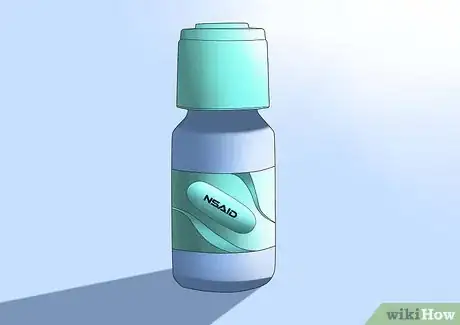
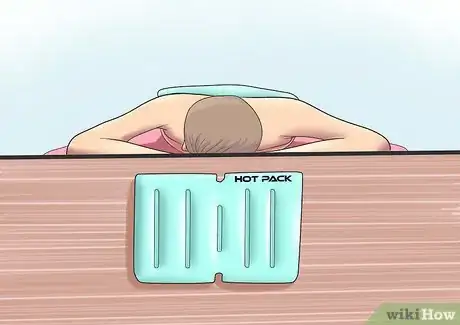
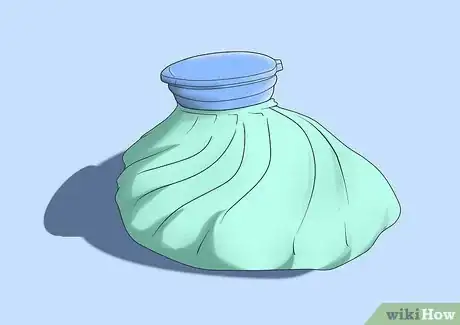
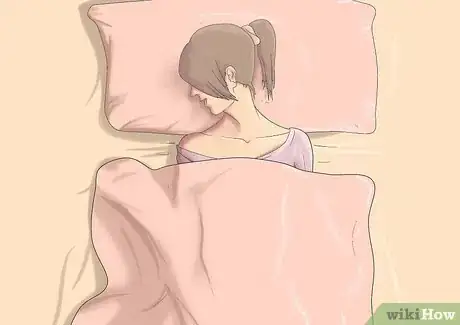
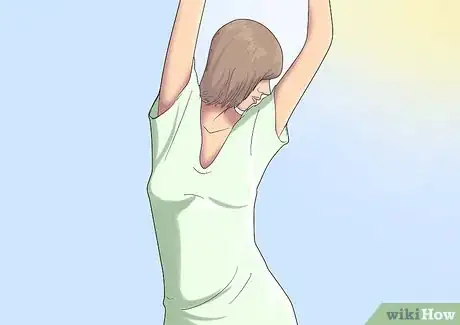
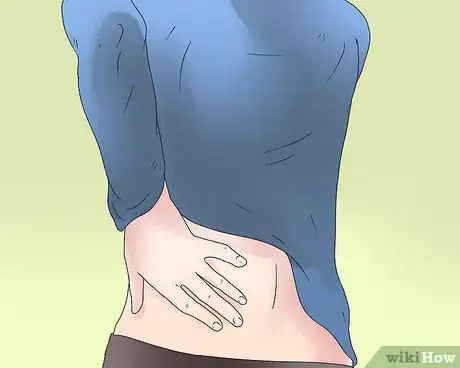
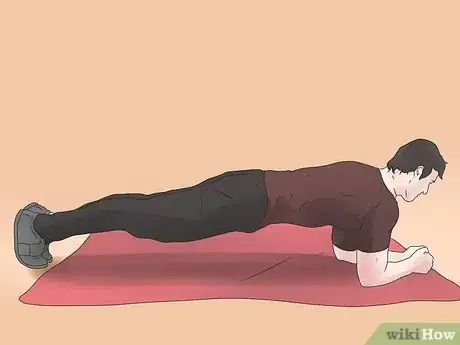
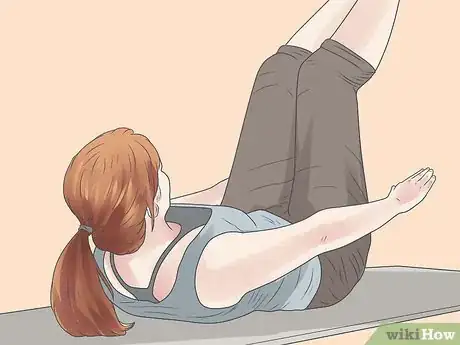
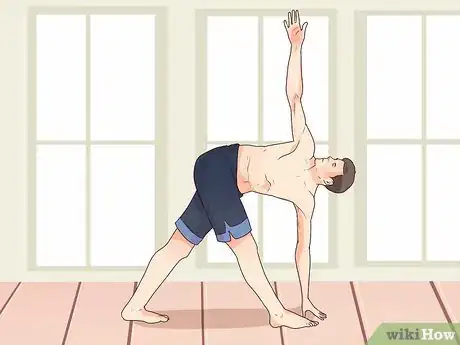

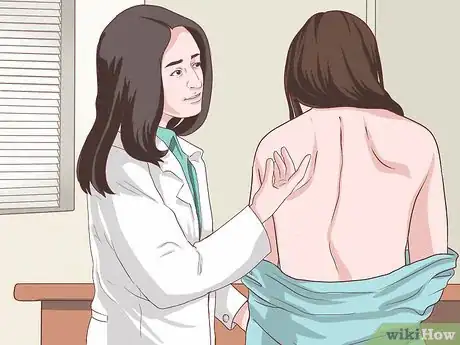
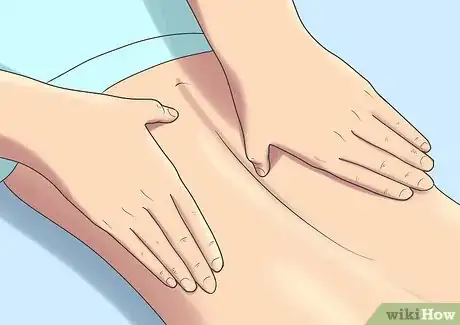

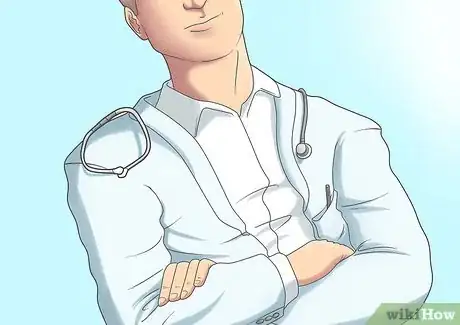
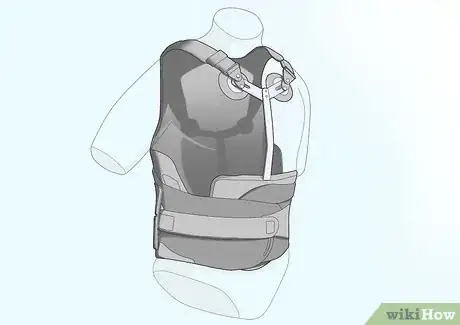


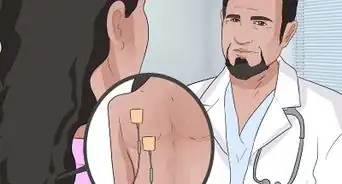
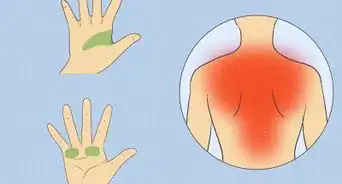
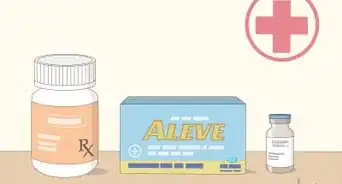
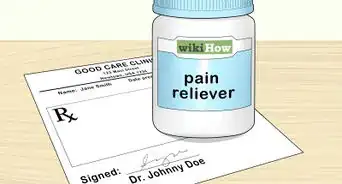
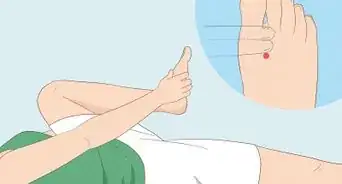
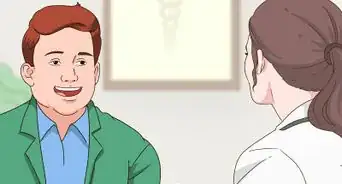
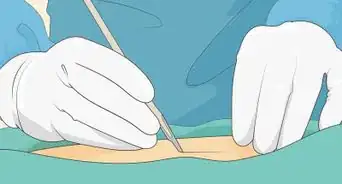
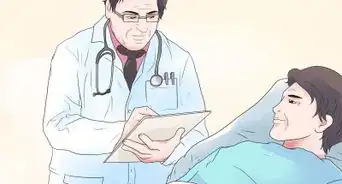
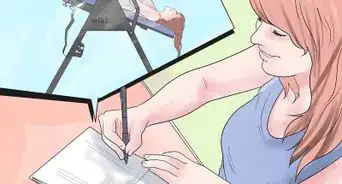
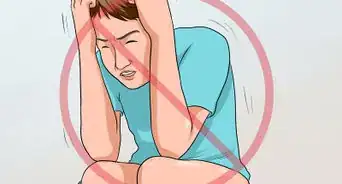
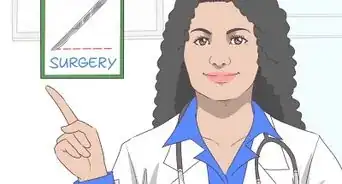

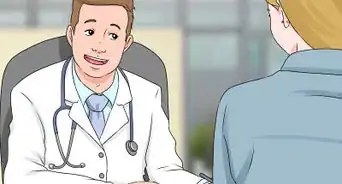










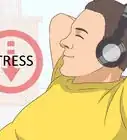
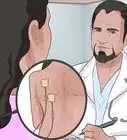
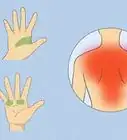
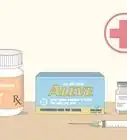



































Medical Disclaimer
The content of this article is not intended to be a substitute for professional medical advice, examination, diagnosis, or treatment. You should always contact your doctor or other qualified healthcare professional before starting, changing, or stopping any kind of health treatment.
Read More...